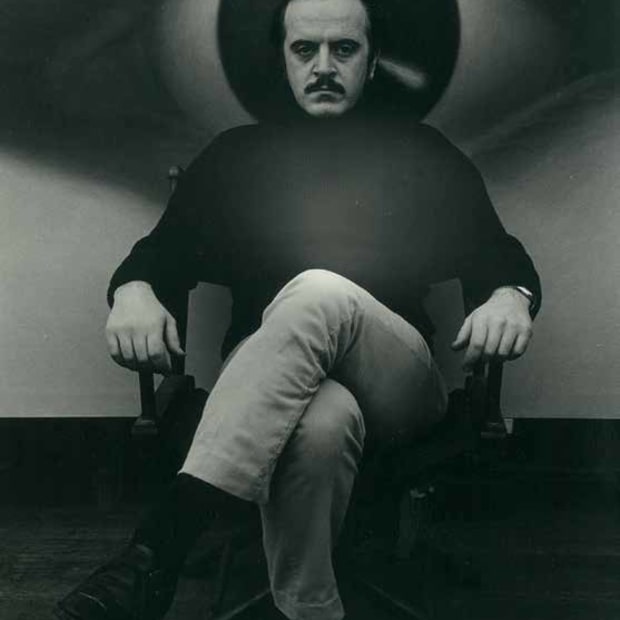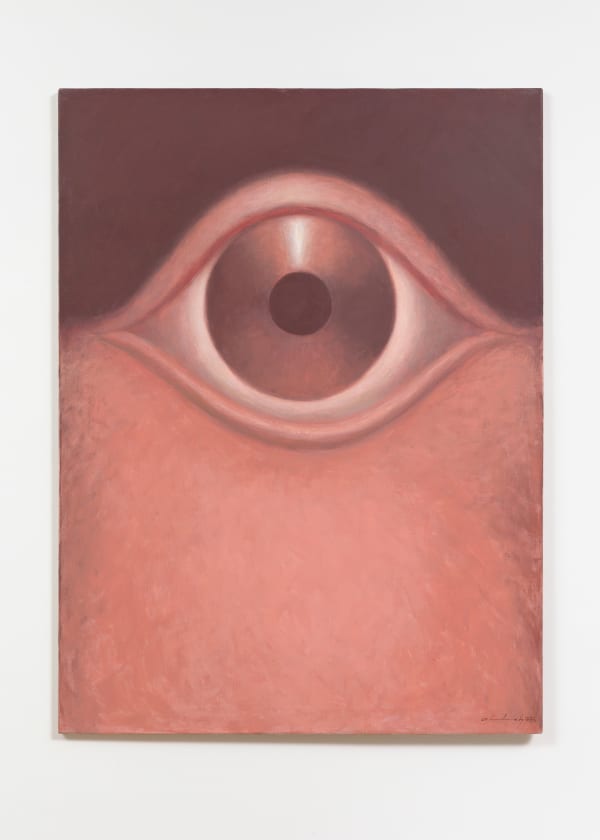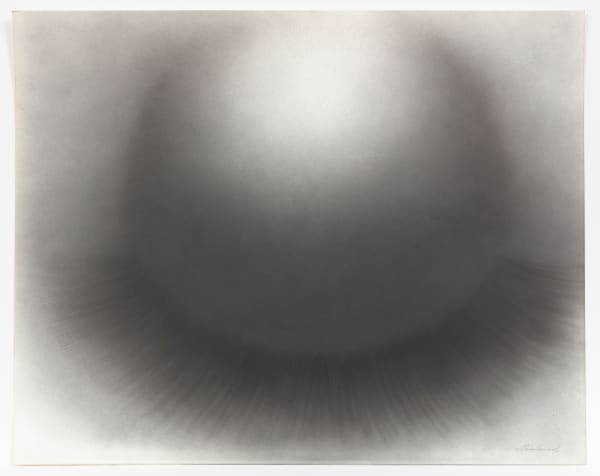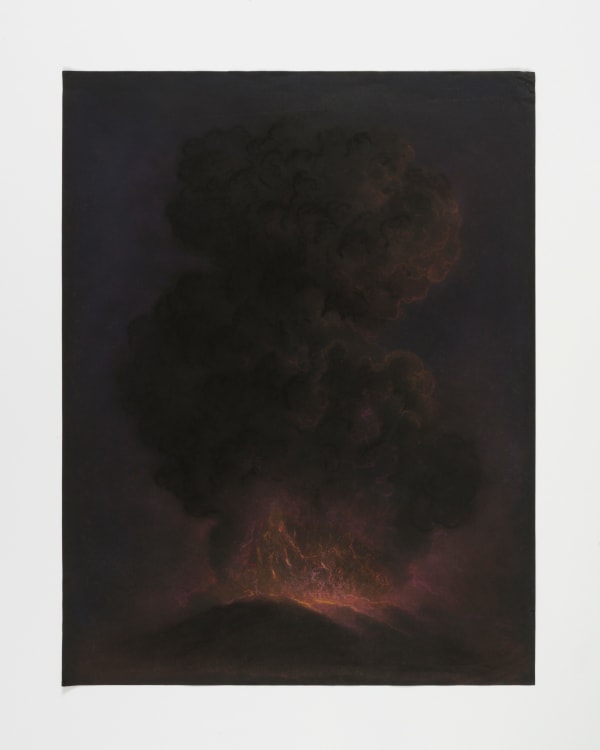-
The eye is the most expressive part of the body...the window of being. It has an internal and external space and contains all possible meanings. It is a world in itself...an object of concentration.
- Rodolfo Abularach -

-
-
 Rodolfo AbularachHalo - Eye No. 113, 1969-1970ink on paper23 x 29 in (58.4 x 73.7 cm)
Rodolfo AbularachHalo - Eye No. 113, 1969-1970ink on paper23 x 29 in (58.4 x 73.7 cm)
framed: 25 1/2 x 31 1/2 in (64.8 x 80 cm) -

-

-

-

-

-
 Rodolfo AbularachPolifeniooil on canvas24 x 24 in (61 x 61 cm)
Rodolfo AbularachPolifeniooil on canvas24 x 24 in (61 x 61 cm) -

-

-

-
 Rodolfo AbularachEsfera, 1970ink on paper23 x 29 in (58.4 x 73.7 cm)
Rodolfo AbularachEsfera, 1970ink on paper23 x 29 in (58.4 x 73.7 cm)
framed: 25 1/2 x 31 1/2 in (64.8 x 80 cm) -

-

-

-

-

-

-

-
-
PRESS
-
Art fairs
-
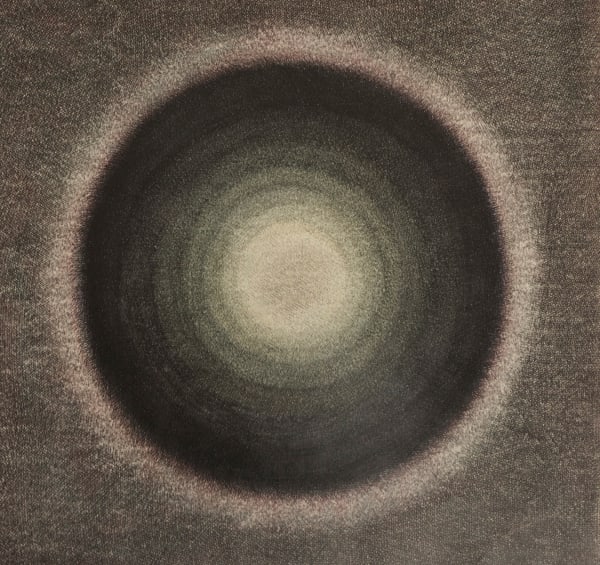
ART BASEL
Booth A9 June 19 - 22, 2025For this edition of Art Basel, David Nolan Gallery will present a selection of contemporary works by Rodolfo Abularach, Richard Artschwager, Chakaia Booker, William Copley,...Read more -
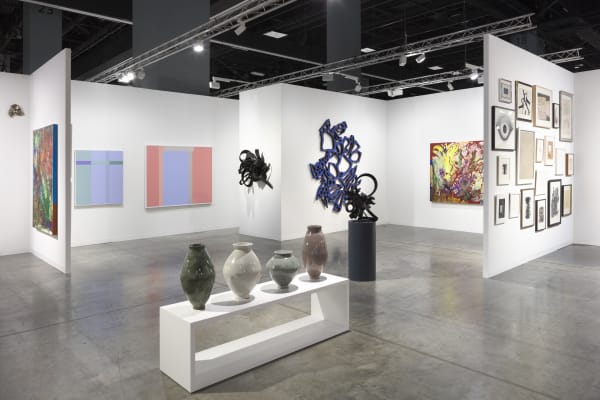
ART BASEL MIAMI BEACH
BOOTH E6 December 4 - 8, 2024For this year’s edition of Art Basel Miami Beach, David Nolan Gallery is pleased to present selected sculptures, paintings and works on paper by a...Read more
-
MAILING LIST SIGN-UP
By completing this form, you confirm that you would like to subscribe to DAVID NOLAN’s mailing list and receive information about exhibitions and upcoming events. Your email address will be used exclusively for the mailing list service.
* denotes required fields
We will process the personal data you have supplied to communicate with you in accordance with our Privacy Policy. You can unsubscribe or change your preferences at any time by clicking the link in our emails.
